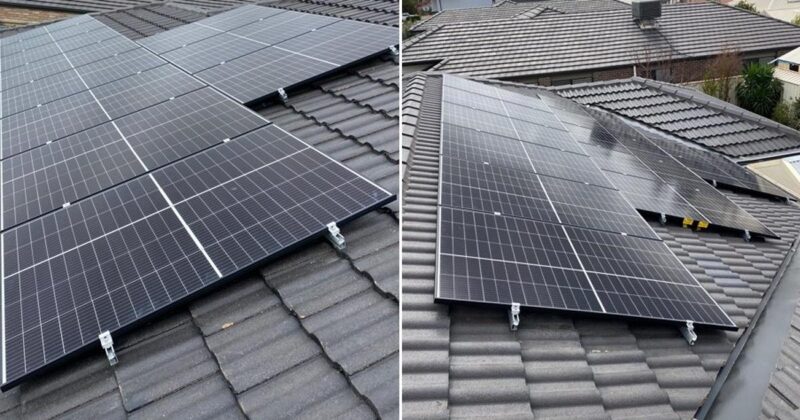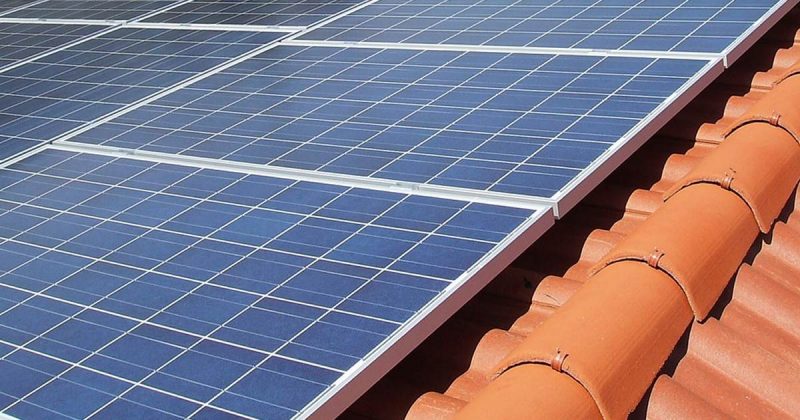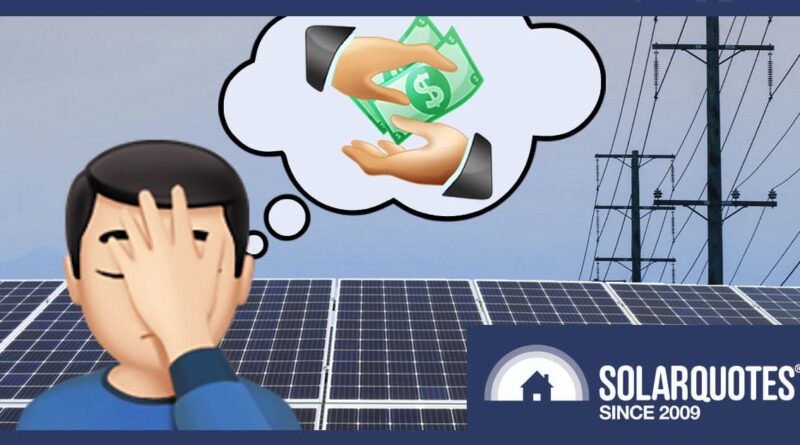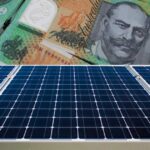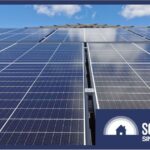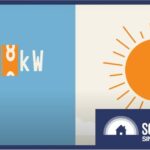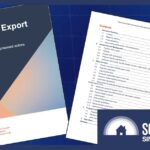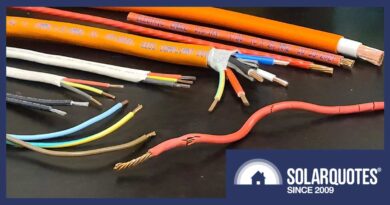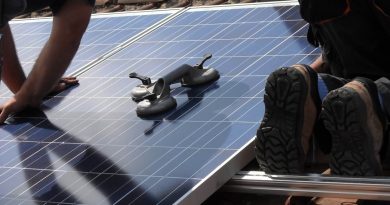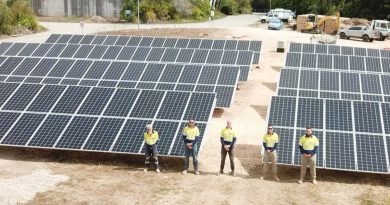How To Beat Future Solar Export Tariffs
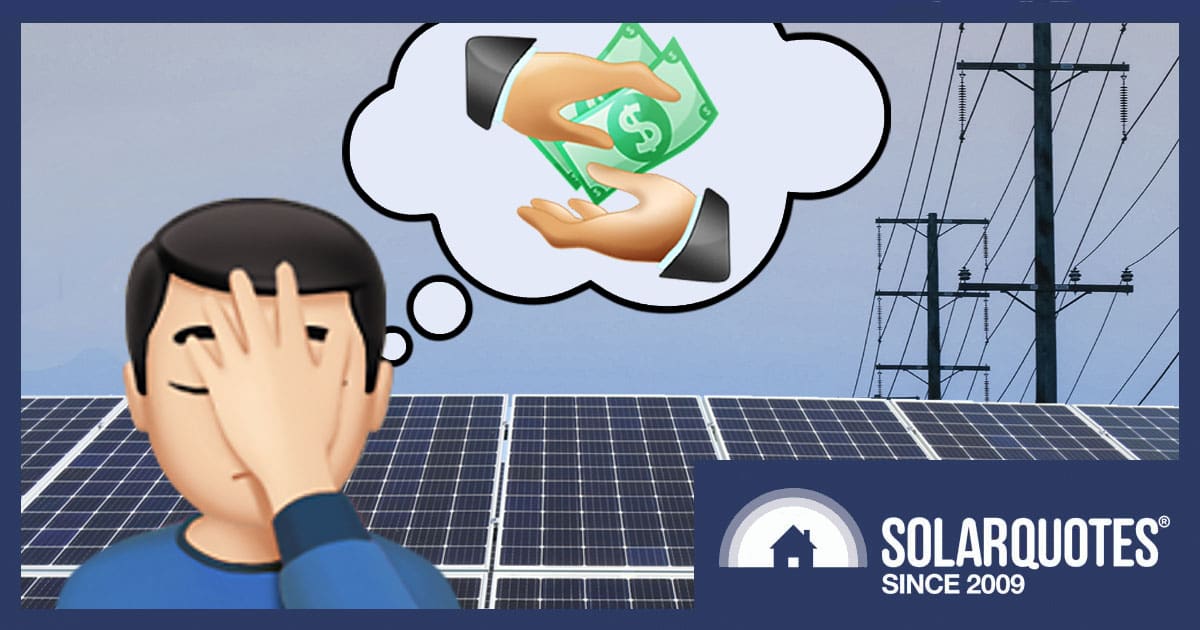
From July 1st, NSW, ACT, NT, and Victoria will start to slowly roll out two-way pricing, with other National Energy Market (NEM) set to join in next year. This new setup lets network companies charge electricity retailers for the energy that flows back to the grid during busy times.
Lately, some headlines have made it sound like Aussies will be fined for sending their solar energy back to the grid. That’s not true and the Mainstream Media should know better1. Take the Ausgrid area as an example: the new tariff could drop your feed-in rate by 1.2c per kWh from 10am to 3pm, but only if your retailer passes this cost onto you. Right now, everyone in this area is making more than 1.2c per kWh for their exported energy, so its unlikely anyone in the Ausgrid area will be paying to export come July 2025.
While things are okay for now, we can’t say what the future holds. We might see negative feed-in tariffs down the line. If that happens, there’s good news—solar inverters can be tweaked to reduce or halt energy exports when it’s not wanted.
So, what’s the best way to avoid potential future charges on exporting solar power? Can we set up our solar systems to automatically cut back exports from 10am and then go back to normal after 3pm?
Inverters with Export Limitation
Most modern solar inverters can be export-limited, so the power they send into the grid is throttled. The kilowatts exported can be changed and even set to zero. That’s good news. The bad news is that it’s not time-based. The feature can be turned on or off but usually has to be manually enabled through the installer portal, making it impractical for users to adjust frequently to take advantage of ToU tariffs.
In addition, you’d have to invest in hardware such as the relevant smart meter (for consumption monitoring) and CTs (current transformers). On the plus side, if you don’t have a smart meter for consumption monitoring, you should get one!
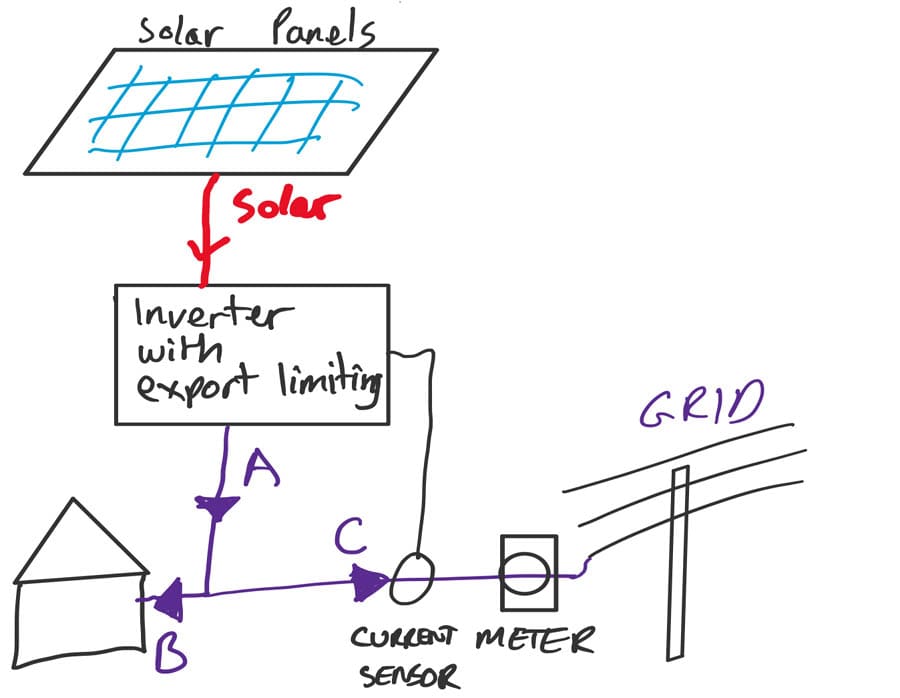
Read all about how a solar export limiter works here.
Catch Control
The Catch Control (formerly Catch Solar Relay) is a great way to divert surplus solar to a high-energy appliance such as a hot water system, minimizing solar exports. It can also export limit compatible inverters.
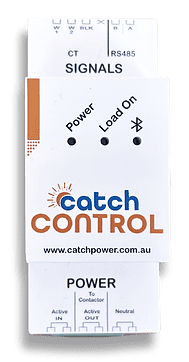
Here are a couple of options to deal with export tariffs using time-based control and a catch relay:
All inverters: Configure the ‘Export mode’ in conjunction with ‘Top-up mode’ to come on during the hours you want to avoid exporting. This will send surplus solar to your HWS or whatever load you have wired in. It won’t throttle the inverter however, and some energy will, no doubt, be exported.
Catch Control compatible inverters: The latest version of Catch Control can export limit (including zero export) a growing list of inverters. You can use a time schedule via the Catch app to set a zero export between 10am and 3pm.
Dumb Hot Water Timers
Speaking of timers, dare I say it, hot water timers may be dumb, but they’re smart enough to know when it’s 10 am, and your export tariff is kicking in. They’ve copped a lot of flak due to their inability to see when you have surplus solar at your disposal. But now, with export tariffs looming, if you can’t afford a Catch Control, perhaps it’s time to re-run the numbers and see if a good quality hot water timer is worth it.
Energy Management Systems
There’s a community of energy enthusiasts using the popular open-source home-automation software ‘Home Assistant‘ to control their solar inverters. This can include export limiting, depending on your inverter model.
I’m waiting for a HA (Home Assistant) guru to build an integration that switches a solar inverter to zero export, and off again, based on the time of day. The challenge is – it has to be idiot proof. Anyone?
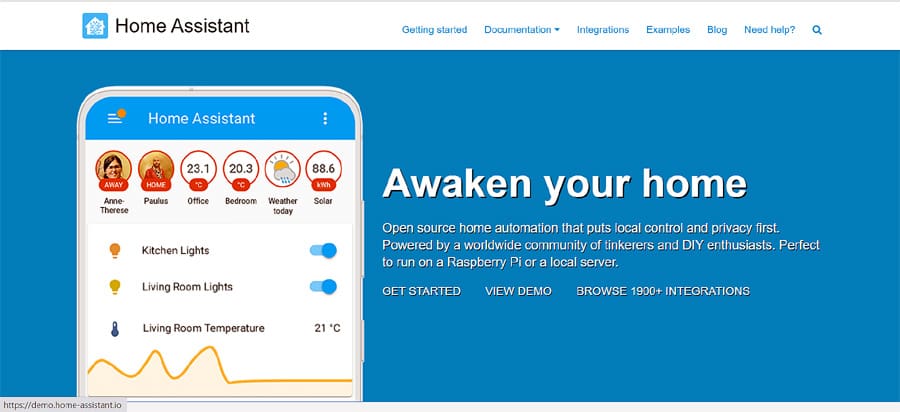
Home Assistant guru wanted. Apply in the comments! Image: Home Assistant
Solar Batteries And EVs
A solar battery is certainly the weapon of choice for optimizing solar self-consumption. It’s particularly useful for avoiding peak demand tariffs and the new kid on the block – export tariffs. Most BMS (battery management systems) can be configured easily to charge at a specified time, soaking up surplus solar and minimizing exports.
The same can be said for your battery on wheels. In fact, if you’re lucky enough to own both a solar battery and an electric vehicle, it’s unlikely that these export tariffs will affect you much. Your charging regime is probably already on point, although in the context of impending export tariffs, it may be worth re-thinking overnight charging if you can do it during the day.
Manual Monitoring and Adjustment
Then there’s always the old-fashioned KISS (keep it simple stupid) method. Simply monitor your energy production and consumption throughout the day and adjust usage accordingly to avoid exporting excess energy to the grid during peak pricing periods.
This approach requires more hands-on, but unlike the other strategies, it’s free! And for a modest amount, you can do it remotely with Wi-Fi devices such as the popular Shelly smart home energy products.
East/ West Facing Solar Panels
East and/or west-facing solar panel orientation is looking more attractive by the day, and I don’t mean aesthetically. It’s challenging for many people to shift consumption to the middle of the day, so why not move your solar production around to align closer to your consumption? It’s probably not going to stop you from exporting solar but every bit helps.
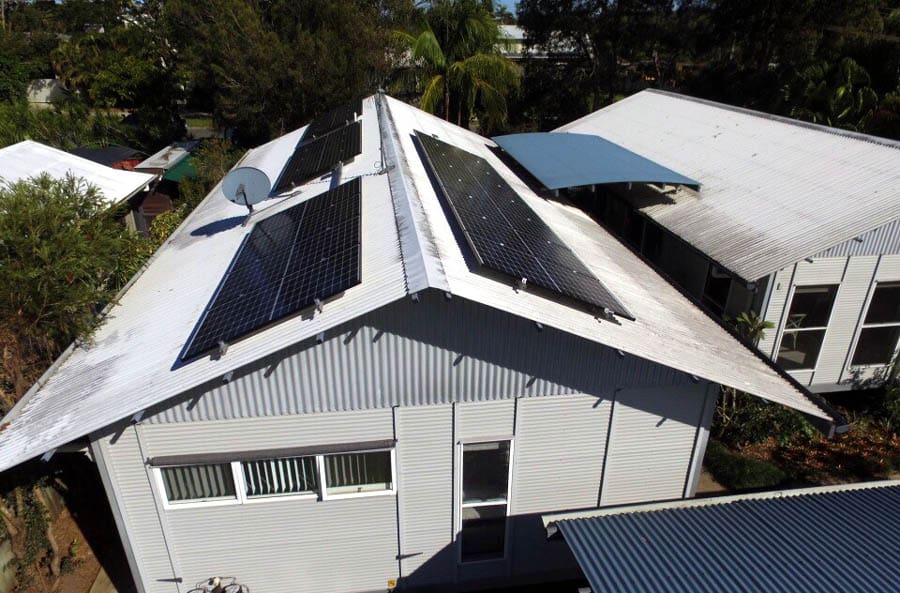
Will we see more east/west oriented solar installations as a result of export tariffs?
Wrapping Up
While there may not be a perfect, integrated, time-based zero export solution yet, there are several ways to dynamically manage your solar exports. As the solar inverter manufacturers catches up, we’ll hopefully see more integrated solutions emerge well before anyone actually has to pay to export.
Footnotes
- I suspect they do know better but can’t resist the temptation for negative headlines that guarantee a good click through rate. “You’re gonna get fined for exporting solar!” will always get more engagement than “Your feed-in tariff might reduce by 1.2c before 3pm. From July 2025. Depending on your retailer. And only if you go over a kWh export threshold.”
Original Source: https://www.solarquotes.com.au/blog/beat-solar-export-tariffs/
